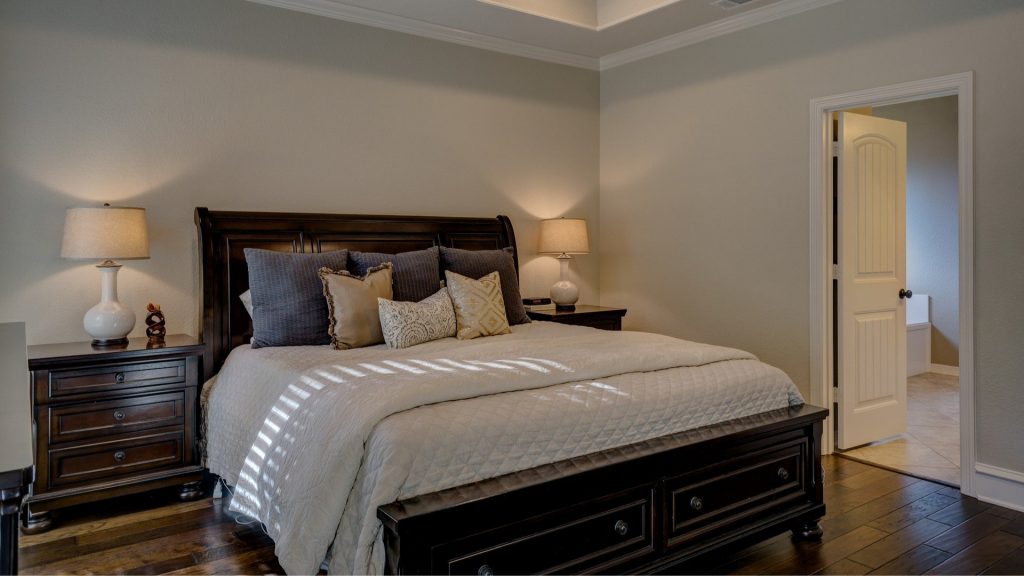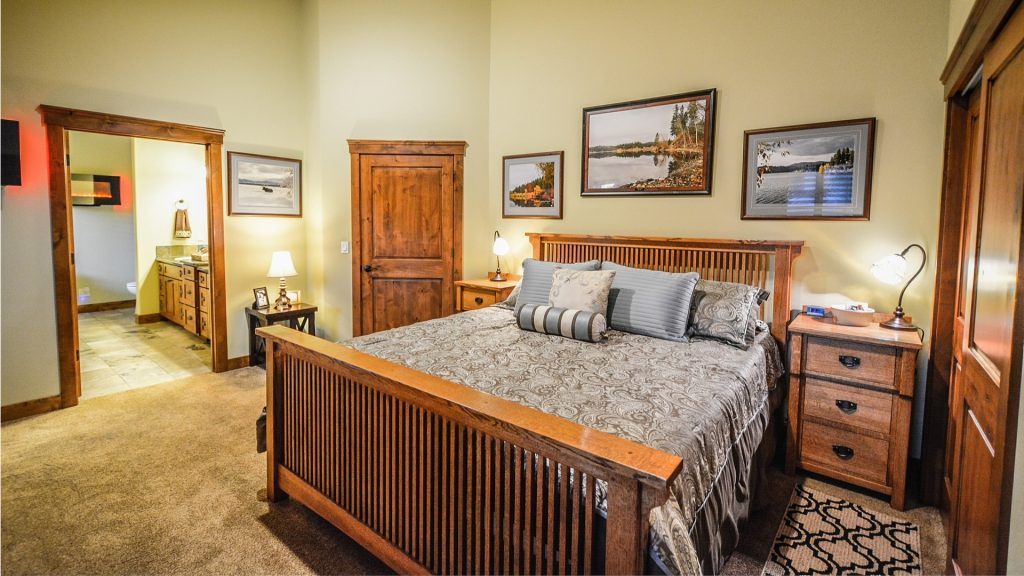According to research, as of 2016, 20 percent of Americans live in multi-generational households. For many, keeping family near is a priority, but what happens when your family outgrows your home?
If you love your family, but you are starting to feel a little cramped, an in-law suite might be the answer you’ve been looking for.
Why Build an In-Law Suite?
There are many reasons why the idea of moving your parents or in-laws into your home appeals to you. People are living longer and becoming parents later in life. These factors, coupled with the high cost of assisted-living facilities and low availability of affordable housing, contribute to the popularity of multi-generational housing.
Culturally speaking, many families prefer a life lived closer to their nearest and dearest. For others, housing parents on your property is no small feat. However, if the pros outweigh the cons, an in-law suite might be a worthwhile endeavor.
Whether you’re after some peace of mind, emotional reward, or the eventual payoff that raising the value of your property will bring, an in-law suite is a massive advantage. But before you dive into the deep end of a home addition like this, let’s consider the logistics.
 Is Building An In-Law Suite Feasible? Zoning, Permits, and Planning
Is Building An In-Law Suite Feasible? Zoning, Permits, and Planning
As much as you want to put an addition on your property, not every city or municipality may allow it. You have to consider local zoning, variances, neighborhood associations, and if you are in a historic neighborhood, you might be unable to change the outward appearance of the house.
In some of these cases, construction of new units—especially if it is not attached to the original dwelling—can be a challenge. Additions often require additional plumbing and gas lines, which are tightly regulated.
Less commonly, these same ordinances can also affect additions to the home. However, because your home is already equipped with plumbing and gas, it might be more practical to transform an existing space rather than create a new one from scratch. If you have any questions about what is permissible, check with a representative at your local planning office.
Consider Accessibility
When you’re building an in-law suite, think about who you are building it for. will your aging parents be living there? Or will your sibling and their family use it as their own? In a multi-generational household, you will need to accommodate many levels of need. Some family members will no doubt be able-bodied, but provisions should be considered for those with physical or cognitive disabilities.
Advancing age makes it increasingly difficult to manage things like climbing stairs or stepping in and out of the bathtub. Countertops, cabinets, faucets, fixtures, and even the layout of your rooms make a huge difference in comfort and quality of life.
The last thing anyone wants is to compromise the safety of their loved ones in their own home, so small adjustments like grab bars and ramps are beneficial. In any case, planning ahead is your best bet. When you build your in-law suite, consider reinforced walls, wider doorways, and universal design. Even if no one in the household is disabled at that moment, these are things that will make sense in the future. It helps to think proactively!
 What’s Your Five-Year Plan?
What’s Your Five-Year Plan?
If you are thinking about an in-law suite but don’t anticipate any in-laws (or outlaws) living in it right away, that doesn’t mean you shouldn’t do it. Think about how the space can be used in the interim.
In-law suites are highly versatile, so finding another purpose for it shouldn’t be too difficult. Because of its relative privacy compared to other parts of the house, it may work well as an office space, a kids’ room, a guest suite, or an income suite.
Is an In-Law Suite Financially Viable?
The cost of adding an in-law suite can range dramatically, depending on the type of remodeling you want to do.
A stand-alone unit will require a much bigger budget than an addition to an existing structure. Depending on your needs, the cost of an in-law suite can be anywhere from $10,000 to $100,000 or more. Although this might sound daunting, the investment will pay off when it comes to putting your home on the market. About one-third of potential home buyers say they would pay more for a house with an auxiliary suite, but the real value lies in knowing that your loved ones are close, safe, and happy.
In conclusion, there are plenty of reasons to build an in-law suite addition for your multi-generational home. Be sure to take some time to consider your lifestyle and the needs of your family before diving in. And if you’re looking for inspiration, be sure to reach out to Winthorpe Design & Build today.



 What’s Your Five-Year Plan?
What’s Your Five-Year Plan?

